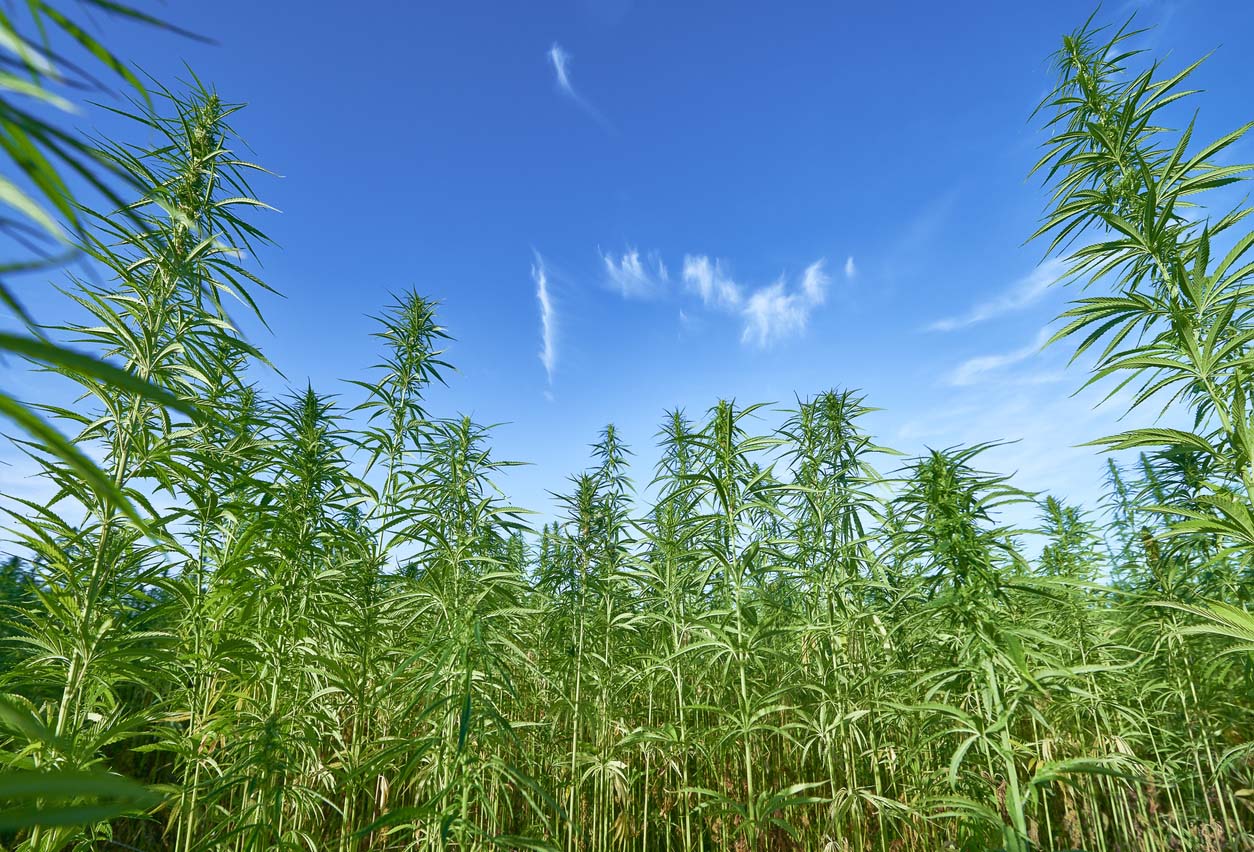
Hemp as a Soil Remediation Tool
Hemp, also known as industrial hemp, has been known for its versatile uses such as fiber, paper, and fuel. However, recent studies have shown that hemp could also be a powerful tool in soil remediation. Soil remediation is the process of removing pollutants and contaminants from the soil to improve its health and allow for sustainable land use. Hemp has been found to be a suitable candidate for this process due to its ability to absorb and store heavy metals and other toxic substances.
The Science Behind Hemp’s Soil Remediation Abilities
Hemp has a unique ability to absorb and store heavy metals and other toxic substances through a process called phytoremediation. This process involves the uptake of pollutants from the soil by the plant’s root system and their accumulation in the plant’s tissues. Hemp has a high bioaccumulation capacity, which means that it can accumulate pollutants at a faster rate than other plants. Once the plant has absorbed the contaminants, it can either detoxify or store them in its tissues. This makes hemp an ideal candidate for soil remediation.
Types of Contaminants Hemp Can Remediate
Hemp can remediate a wide range of contaminants, including heavy metals, pesticides, petroleum hydrocarbons, and other organic compounds. Heavy metals such as lead, cadmium, and arsenic are commonly found in contaminated soils and can pose health risks to humans and animals. Hemp has been found to be effective in removing these metals from the soil. In addition, hemp has been found to be effective in removing pesticides such as DDT and PCBs from the soil.
Case Studies: Hemp’s Success in Soil Remediation
Several case studies have been conducted to determine the effectiveness of hemp in soil remediation. One study found that hemp was able to remove up to 95% of lead from contaminated soil within 30 days. Another study found that hemp was able to remove up to 98% of cadmium from soil in just 21 days. These studies demonstrate the potential of hemp as a tool for soil remediation.
The Economic and Environmental Benefits of Hemp Remediation
Using hemp for soil remediation has several economic and environmental benefits. Hemp is a fast-growing plant that requires minimal maintenance and can be grown in a variety of soil types. This makes it a cost-effective and sustainable solution for soil remediation. Additionally, using hemp for soil remediation can reduce the need for expensive and environmentally harmful remediation methods such as excavation and landfilling.
Challenges and Future Directions for Hemp Remediation Research
Despite the potential benefits of using hemp for soil remediation, there are still several challenges that need to be addressed. One challenge is the need for more research on the long-term effects of using hemp for soil remediation. Additionally, there is a need for more research on the optimal growing conditions for hemp to maximize its soil remediation capabilities. Finally, there is a need for more education and awareness about the potential of hemp as a tool for soil remediation.
Overall, hemp has shown great potential as a tool for soil remediation. Its ability to absorb and store heavy metals and other toxic substances makes it an ideal candidate for this process. The economic and environmental benefits of using hemp for soil remediation are significant, but there are still several challenges that need to be addressed. As more research is conducted, we can expect to see hemp playing an increasingly important role in sustainable land use and environmental remediation.